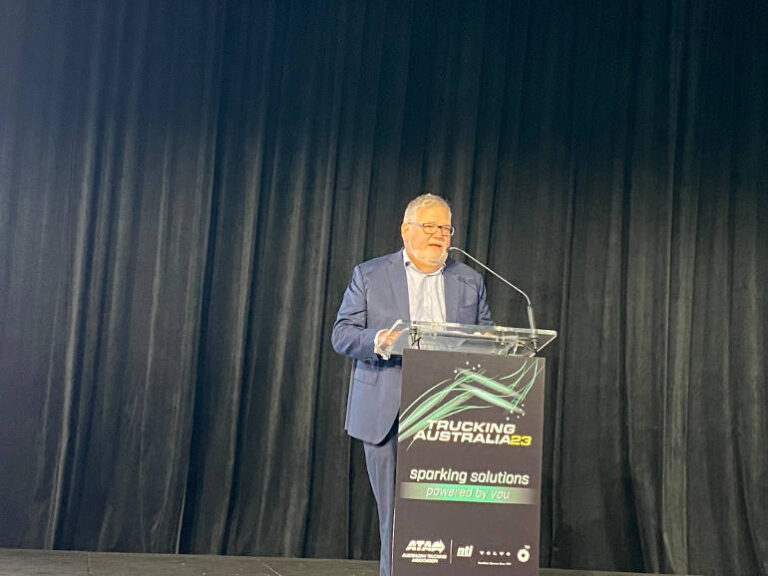Ken Kanofski, the independent consultant, engaged a year ago by the Infrastructure and Transport Ministers Meetiong to review the Heavy Vehicle National Law, suggested the long-awaited and bogged down process of reform (my words, not his) may finally be set to yield some progress.
“We’ve got more chance of delivering it now than we had a year ago,” Kanofski told one of the most keenly watched sessions at the Australian Trucking Association’s conference TruckingAustralia23 in March. Efforts at reform have been ongoing since 2018.
Following Kanofski’s report mid 2022 to the intergovernmental forum, or the ITMM, comprising federal, state and territory transport and infrastructure ministers, they agreed on a package of recommendations. That package now sits with the National Transport Commission which has been tasked with making a so called Decision Regulatory Impact Statement (D-RIS) on the proposed legislative reform.
Indeed, Kanofski, citing the NTC itself, said the statutory body whose explicit role is to develop regulatory and operational reform for Australian road, rail and intermodal transport, had already begun drafting new national heavy vehicle law legislation.
“The steering committee is very focused on getting the NTC to do its bit to provide legislation, regulations and associated guidelines,” said Kanofski, adding, “The idea is to push things out of law into regulations and out of regulations into guidance.”
An overarching objective is to enable the Heavy Vehicle National Regulator, whose role is to enforce the heavy vehicle laws, to regulate, and not just enforce prescriptive laws.
Other key themes to come out of the latest review included reform of offences and penalties, and a more flexible approach to fatigue management. Another one that industry has been crying out for is major reform to the current Performance Based Standards (PBS) scheme, to give heavy vehicle operators more opportunities to improve productivity through optimised vehicle design. Essentially road operators want real time decision making and greater access to use certain roads.
“Maintaining flexibility for the NHVR is a key to this reform,” said Kanofski. “Presently there’s way too much focus on administrative penalties. There needs to be wholesale reform, more consultation between NHVR and the police.”
In terms of administrative offences, the first move should be for the police to tell the driver to fix the problem rather than issue a fine, said Kanofski, adding roadside enforcement was required to manage immediate risk and beyond that it should be about managing systemic risk.
He said infringements for work/rest breaches should shift from focussing on specific incidents to focussing on overall break risk profiles.
Kanofski said his report followed extensive consultation, with some 80 people from government and industry involved, including all of the peak bodies. All up there were 11 multilateral meetings, two all-day workshops and he held 37 individual meetings.
He said his brief was to come up with a package of reforms that had wide support. In the end his report did get that wide support — some 82 percent supported it, he said, with 9 percent opposing and 9 percent neutral. Some 87 percent agreed the package would improve productivity.
For now, it’s still a wait and see.






